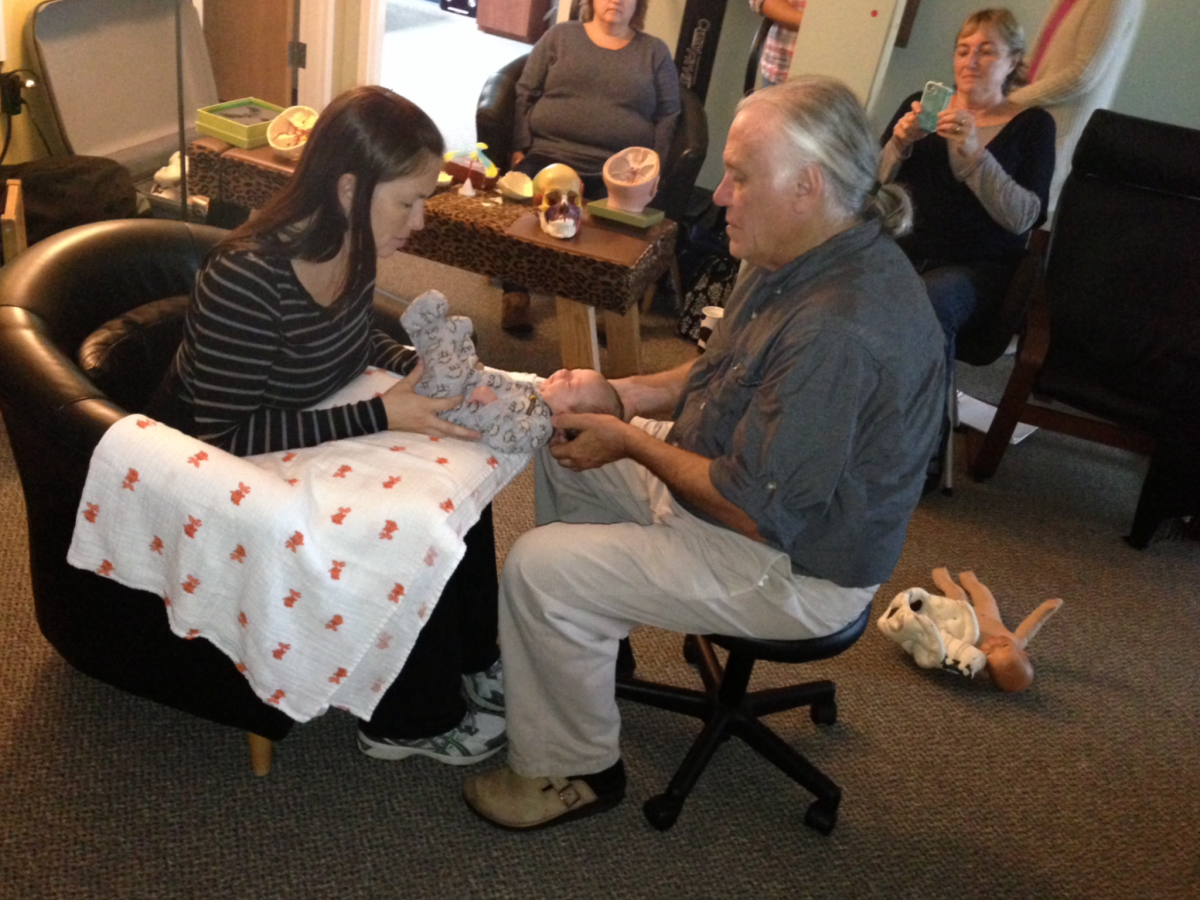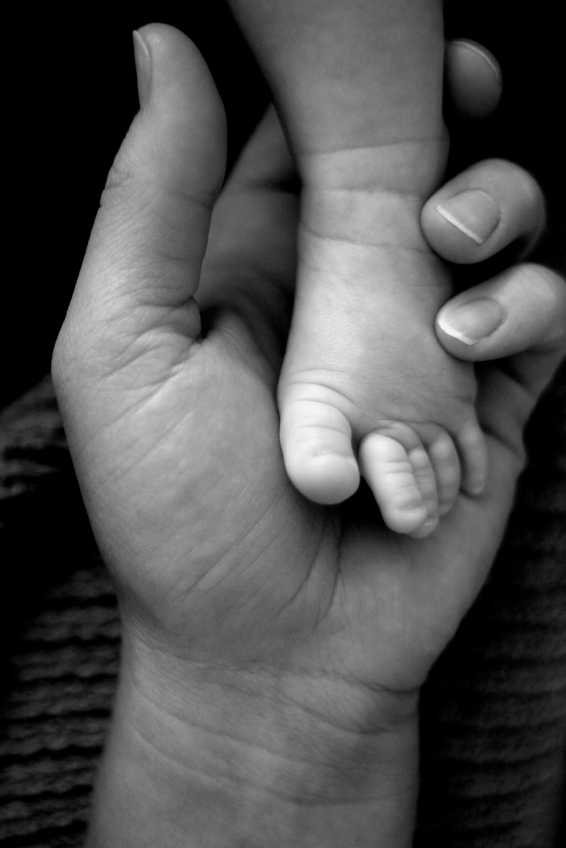Birth Trauma
Signs of Birth Trauma
- Inconsolable crying
- Low frustration tolerance
- Low anger threshold “short fuse”
- Tactile hypersensitivity
- Sensory integration issues
- Short attention span
- Sleep issues
- Chronic pain
- Chronic fatigue
- Depression
- Learning disabilities
- “Hyperactivity” (ADHD/ADD)
- General irritability
- Autism
- Headaches
- Earaches (middle ear infections)
- Neck and back pain
- Breastfeeding difficulties (sucking, swallowing, “tongue-tie”, and latching on)
- Tight jaws (causing painful or damaged nipples)
- “No neck” (tense shoulders and jaws due to birth stress)
- Digestive issues “colic”
- Diarrhea/constipation
- Acid reflux
- Predisposition to upper respiratory infections or allergies
- Developmental delays
- Mobility concerns
- Cerebral palsy type symptoms
- Various neurological conditions
- Generalized bodily discomfort “inability to settle”, etc.
- Relational, bonding, and attachment problems
- synostosis “traumatic sutural joint fixations”

A Typical Baby or Child Session:
During treatment children or babies rest, fully clothed, either on a massage table, in my lap, or on their parent’s lap. Sometimes children sit, crawl, walk, stand or play with toys on the floor during the treatment. They don’t need to hold still. I adapt my techniques to the attention span and needs of the child. I monitor the Cranial-Sacral rhythm with my hands. I conduct other gentle assessments and correct the sources of pain and dysfunction, using gentle manipulative techniques.
Sometimes children release emotions or cry during treatment, which can be part of the therapeutic release. The techniques do not hurt and the work is very gentle. Seldom does the pressure exceed five grams (the weight of a nickel). Each portion of the session is slow and incremental, with frequent pauses to allow baby to stay connected to parents. Parental eye contact and connection is encouraged throughout, as a necessary part of co-creating a safe container for this gentle healing work.
Most children find the sessions to be deeply relaxing. Babies and children will often sleep for a longer stretch than usual immediately after a session.
Getting Born
Children frequently suffer from a dysfunctional Cranial-Sacral system. A child born in pain may learn to adapt. However, living with pain and dysfunction uses up the child’s “buffer zone” and this “state-of-being” becomes the “template”, and challenge, around which the rest of that child’s life becomes organized.
During the birth process, the baby’s head and body are able to “mold” to fit into, and than through, the mother’s pelvis. It is normal for birthing baby’s cranial bones to over-ride each other. After birth, these over-rides and other bodily accommodations in the baby’s skull, pelvis and other parts of the body, should not persist. If they do not self-correct, they can interfere with proper cranial, spinal and other nerve and vascular function, leading to many possible difficulties (see “Signs of Birth Trauma” above). In this way many newborn babies are left with permanent effects of injury from the birth process. These injuries may be physical and/or emotional. Cranial-Sacral Therapy can address many of these injuries, along with the effects of precipitous (too fast) or prolonged labor, vacuum extraction, forceps, or cesarean (surgical) birth.

I never use traditional, high velocity “Chiropractic adjustments” on babies. The gentle techniques of Cranial Sacral work are more suitable, and very effective, for such sensitive and vulnerable little one’s, especially when they have been traumatized on their birth journey.

Surgical Birth
Cesarean birth can be much harder on babies than we are aware. Of course, “C-sections” can be life saving in the 3-6% of births where the procedure is actually medically indicated. However, these surgically born babies, statistically, as a group, have lower Apgar scores, more respiratory distress, more frequently abnormal neurologic exams and Cranial-Sacral evaluations. They have more chronic middle ear infections and other problems throughout childhood. The surgical birth process can be abrupt and potentially more frightening than vaginal birth. Surgically-born infants have fewer quiet, alert periods right after birth and have less opportunity to share bonding time with their mothers who may be unconscious or recovering in another room.

Testimonials
My 2 month old grandson had a birth injury to his neck, which he couldn’t turn, and he cried all the time. I took him to Dr Hertenstein for Cranial-Sacral and he was 50% better after one treatment and the crying subsided. After 5 more visits he was vastly improved, thank you Dr H for your dedication and healing touch.
Donna Greer – Massage Therapist, Santa Rosa, CA
Our daughter, born with Down’s Syndrome, had difficulty breastfeeding and was not gaining weight. We brought her to Dennis at 3 weeks old and he did very gentle work on tension hidden in her neck, and at the bottom of her skull. He was very sensitive to our daughter, and to our feelings as parents. Within one day she dramatically increased her bowel movements and had some great breastfeeding sessions. Her latch was stronger, and she was sleeping longer after receiving a full tummy of milk. We are so happy that our girl can now nurse and gain the strength she needs in her mouth for future speech.
Aaron and Anastasia Brodeur – Happy Parents, Santa Rosa, CA
Dennis worked with our newborn son and we noticed improvements in sleep and eating patterns immediately. We are very grateful to him and to our midwife for referring us to him, thank you!
Anna – Mother, Farmer, Entrepreneur and Attorney, Bodega, CA
